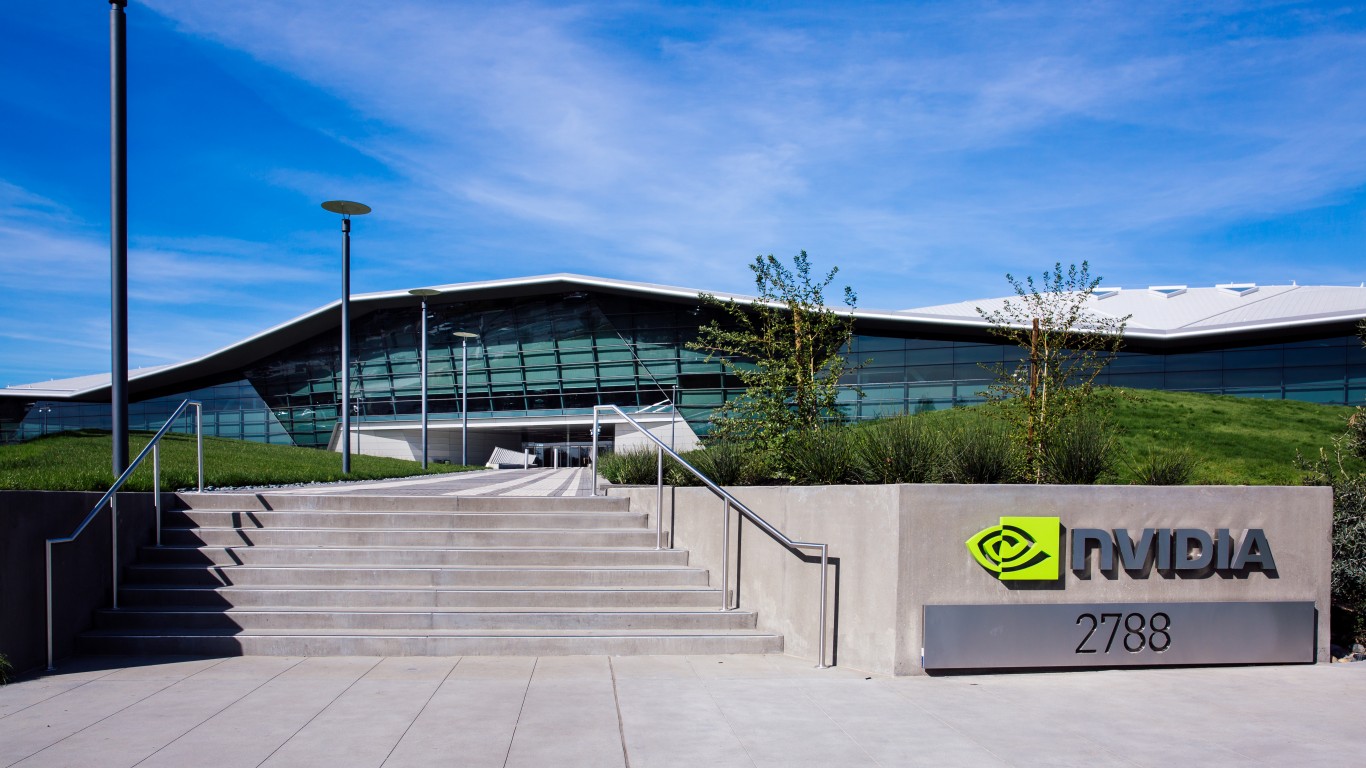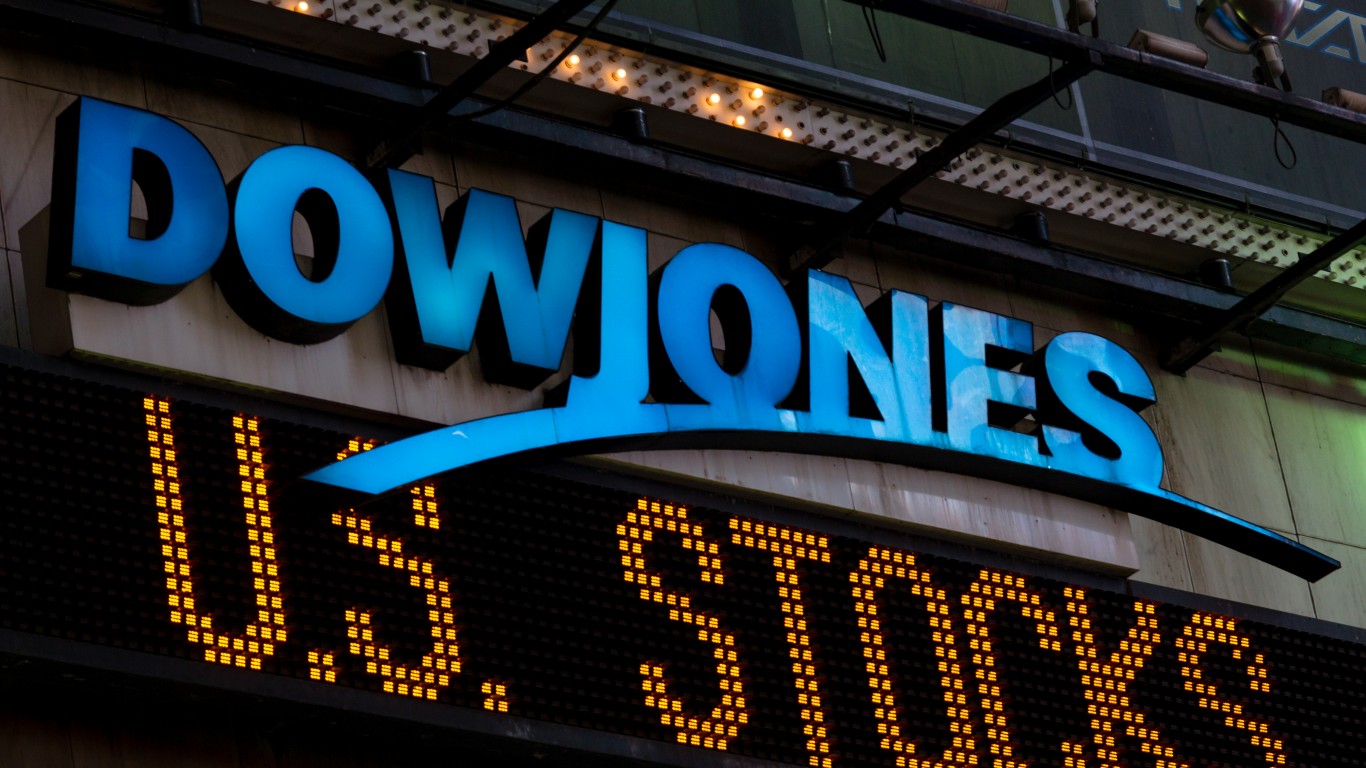
On Friday, NVIDIA (NASDAQ: NVDA) almost broke $1,000, hitting a high of $974 before it retreated to a close of $875.28. The sudden reversal has sparked some fears the surge in AI stocks may be due for a breather.
And yet, even with a decline that would take NVIDIA down more than 20% from recent highs, the stock is still trading above prices that led the company to issue stock splits in the past.
This makes the likelihood of a stock split in the near future very likely. Let’s examine three reasons NVIDIA could soon split its shares again.
1. It’s Trading Above $600 Per Share

NVIDIA has split five times in its history:
- July 20th, 2021: 4:1
- September 11th, 2007: 3:2
- April 7th, 2006: 2:1
- September 12th, 2001: 2:1
- June 27th, 2000: 2:1
When NVIDIA announced its most recent stock split in 2021, it was trading for around $600 per share. By the time the split went into effect on July 20th, 2021, its shares had closed at $743.20.
Which means that today NVIDIA is trading at prices about 45% higher than when they announced their last stock split and 18% higher than their share price when the last split went into effect.
This history is important for our second reason NVIDIA could soon split its stock.
2. NVIDIA Wants to Be Accessible to Retail Traders
When NVIDIA last split its stock, they issued a FAQ that laid out their reasoning for the split. The company emphasized they wanted their shares to be “accessible to all.”
Another key reason is that a cheaper share price gives the company more flexibility when granting equity awards to their employees.
At the end of the day, stocks that have share prices approaching $1,000 can be intimidating to retail traders, even in an era where fractional trading is available at most brokerages like Robinhood.
Given NVIDIA’s history, it is likely they’d prefer a price in the range of $100 to $300 which could mean they issue a split that’s either 3:1, 4:1, or 5:1.
3. A Stock Split Can Make NVIDIA More Attractive to Indexes

No stock index has more name appeal than the Dow Jones Industrial Average. In the past it didn’t include as many giant tech companies, but that’s changed in recent years. Amazon, Apple, Cisco, IBM, Intel, Microsoft, and Salesforce are all now in the Dow.
Well, if you look at all these company’s share prices, you’ll notice something quickly:
- Amazon: $175.35
- Apple: $170.73
- Cisco: $49.50
- IBM: $195.95
- Intel: $44.00
- Microsoft: $406.22
- Salesforce: $305.28
That’s right, all of these stocks trade for significantly lower prices than NVIDIA. The Dow is what’s called a price-weighted index, which means its value is calculated on index component prices rather than company value (market capitalization).
That means if NVIDIA is going to be appealing to the Dow, it needs a lower share price. Otherwise, its price would be high enough it would have outsized influence on the Dow’s overall performance.
By issuing another stock split, NVIDIA could become a surprising next member of the Dow.
Thank you for reading! Have some feedback for us?
Contact the 24/7 Wall St. editorial team.



